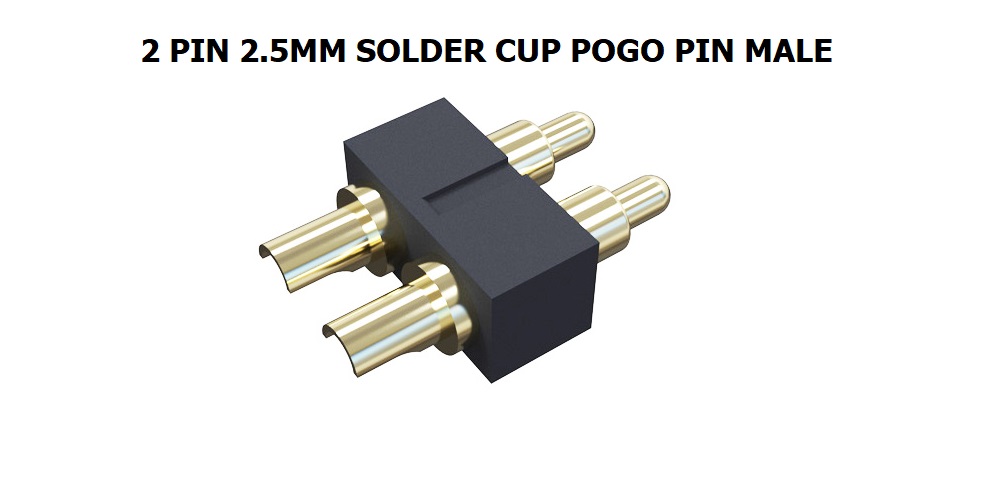Pogo pins, also called spring-loaded pins, are electrical connectors known for being strong and able to make and keep an electrical connection that can withstand vibration and shock. They are used a lot in the testing industry and in many electronic applications.
The pogo pin gets its name because it looks like a pogo stick. Pogo pin is a trademark of Everett Charles Technologies, even though it is often used as a generic term (ECT).
Its unique design includes a spring that pushes against the back of the receptacle or contact plate with a steady force. This stops movement that could cause the connection to drop out.
To complete the connection path, the spring-loaded pin fits into a target or land, which is a metal surface that is either flat or curved. The target has no parts that move. It could be a part of a plated printed circuit board or a separate part of the connector assembly.
The Production of Spring Loaded Pins
Since there is no need for a mold in the turning and spinning process, spring-loaded pins can be made in small quantities and for less money than other contacts.
The pin is made up of a spring, a plunger, and a barrel. When force is used, the spring gets tighter, also, the barrel rotates as the plunger moves inside it. . When the pin isn’t locked in place, the plunger can’t be pushed out by the spring because the barrel holds it. A small gap between the plunger and the barrel makes it easy for the pin to move, but it can also let vibrations cause short-term breaks. So that this doesn’t happen and the connection stays strong, the plunger usually has a slight tilt.
Manufacturers often make changes to the interface that is unique to their products. A ball is sometimes added between the plunger and the spring to make the whole thing more stable and work better.
The Pogo Pins Design
It is also essential to discuss the pogo pins design:
Materials
The barrel and plunger of spring-loaded pins typically consist of brass or copper, and a thin layer of nickel is added to the surface. The gold plating makes something last longer and makes it harder to break. Most of the time, copper or spring steel alloys are used to make the springs.
Magnets
Magnets can be added to make the connection stronger and less likely to break. This is done in high-frequency data transfer and in consumer electronics.
Connector Arrangement
Most of the time, spring-loaded pins are set up in a tight group. In automatic test equipment, a “bed of nails” setup makes it easy to connect devices under test (DUTs) quickly and reliably. In high-performance applications, the setup must be reliable even after many mating and unmating cycles and send electrical signals of high quality. In circuits with matched impedance, the pins can be set up so that one pin carries a signal and the rest are grounded.
Applications
Many different types of modern electronics, as well as the industry that tests electronics, make use of spring-loaded pins. In addition to testing printed circuit boards, integrated circuits, and batteries, they are used in conjunction in the form of board-to-board plugs , high-frequency connectors (antennas), laptop battery terminals, ingress-protected pin connectors (for consumer devices like smart watches), in high-voltage connectors (power supplies), and laptop docks and chargers.










